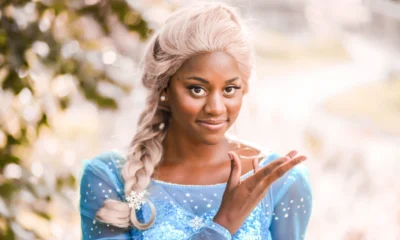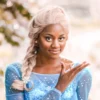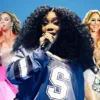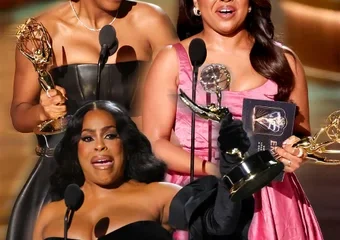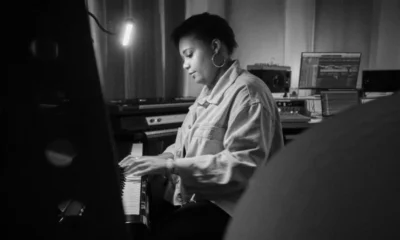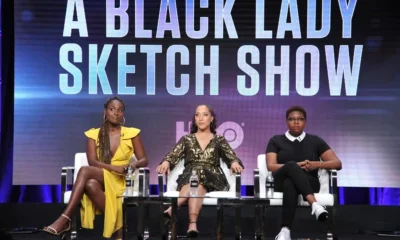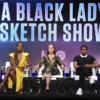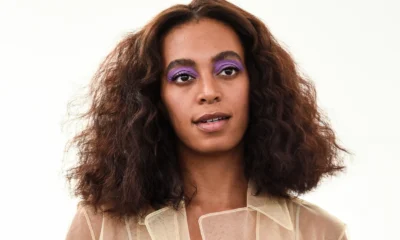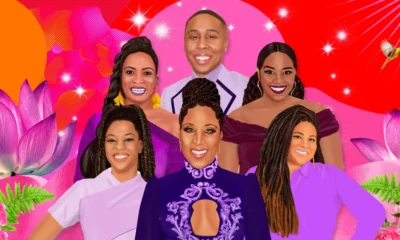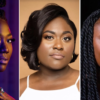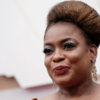Black Women in Entertainment
There’s a True Story Behind Black Panther’s Strong Women. Here’s Why That Matters
When Black Panther opened last weekend to record-breaking box office success, many of the viewers driving the film to that achievement were female moviegoers, who made up 45% of the audience. Though that number may defy conventional wisdom about superhero movies, it’s not so surprising given the actual plot of the movie. After all, as the University of Pennsylvania’s Salamishah Tillet noted for The Hollywood Reporter, the movie doesn’t just pass the Bechdel test — a measure of the substantiality of a film’s female characters — but “those scenes in which two or more women are talking to, disagreeing with, or fighting alongside each other without a man present are some of the movie’s most riveting ones.”
But the strong women of Black Panther are more than just a potential inspiration to women in the audience today. They’re also a window into a true, if oft-forgotten, piece of history.
In the film, the fictional Dora Milaje — “adored ones,” an all-female military group that protects the King and the fictional nation of Wakanda — are perhaps the most obvious example of female strength. The Dora Milaje were introduced in Black Panther comic by Christopher Priest, who took over as lead writer of the series in 1998; since the series’ relaunch in 2016, they’ve become much more central to the plot. (The title character, who was Marvel’s first African-American superhero, was created in 1966.) In their initial appearance, Priest’s narrator describes the female bodyguards as “Deadly Amazonian high school karate chicks,” who were also the King’s “wives-in training.” While many have speculated about the inspiration behind these warriors, it is clear that one of their main antecedents was the famous all-female African military corps of Dahomey, West Africa (now The Republic of Benin), whom the French dubbed “Dahomey Amazons” after female warriors in Greek mythology.
Some experts believe that the first such regiment, which emerged sometime in the 17th century, comprised hunters called gbeto, while others contend they were recruited from among the King’s many wives. As Sylvia Serbin describes in The Women Soldiers of Dahomey, these warriors can be difficult to categorize, as their names were based on a woman’s weapons expertise and unit to which she was assigned. Whatever their origin, the King was always surrounded by armed women in public and private life. By the end of the 19th century an estimated 4,000 women, many of whom began their training as teens, were among the Dahomey military ranks. In times of war, during the transatlantic slave trade and in the fight against French colonialism, Dahomey female …
Please read more- There’s a True Story Behind Black Panther’s Strong Women. Here’s Why That Matters




